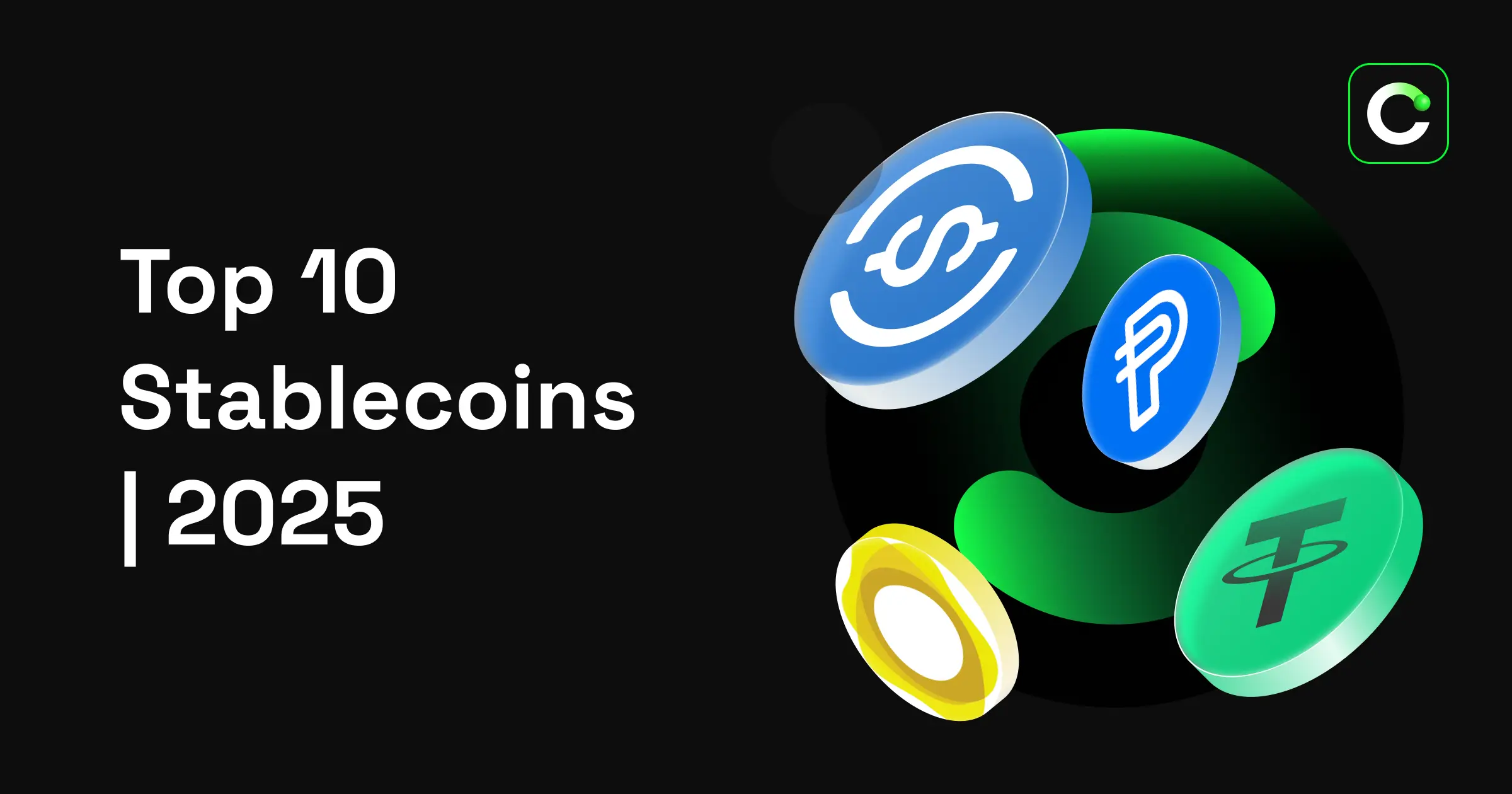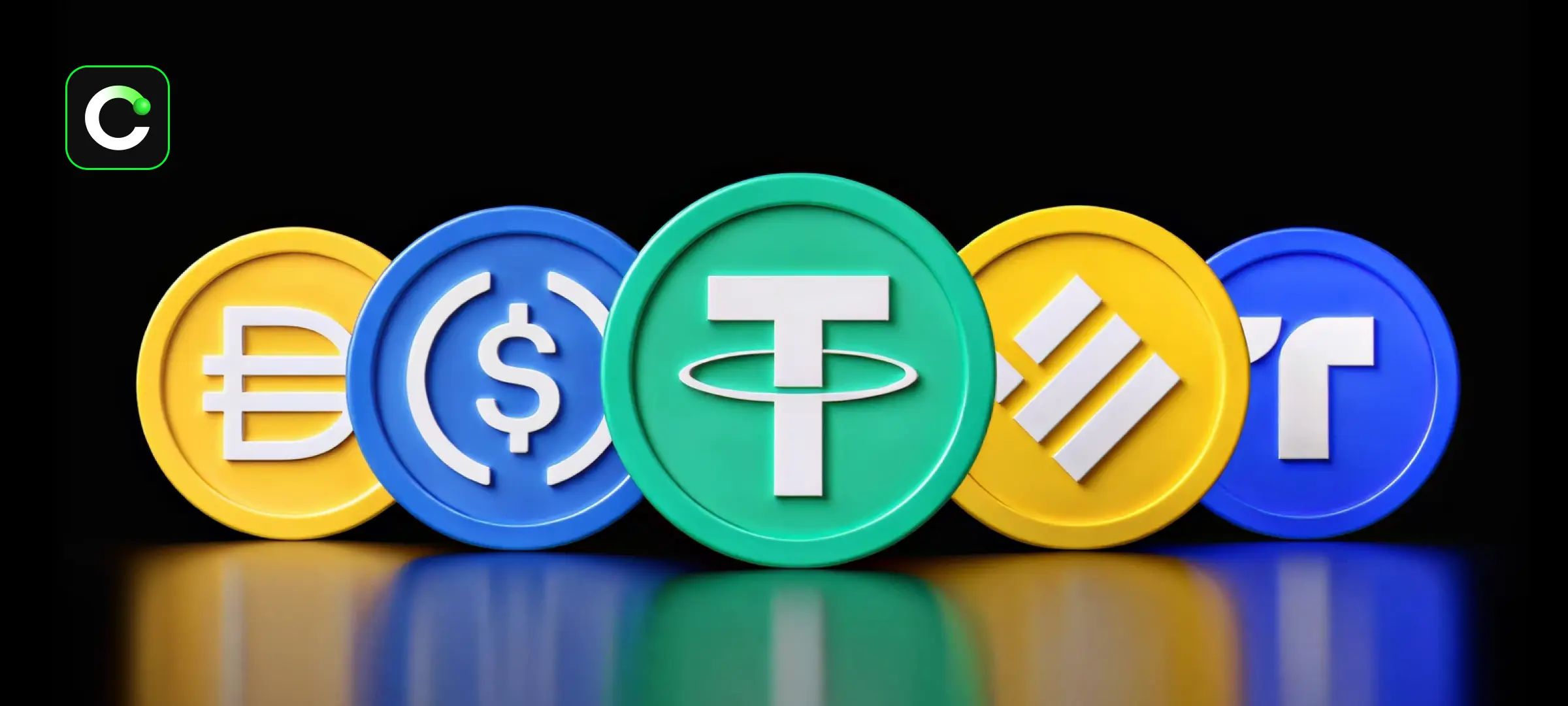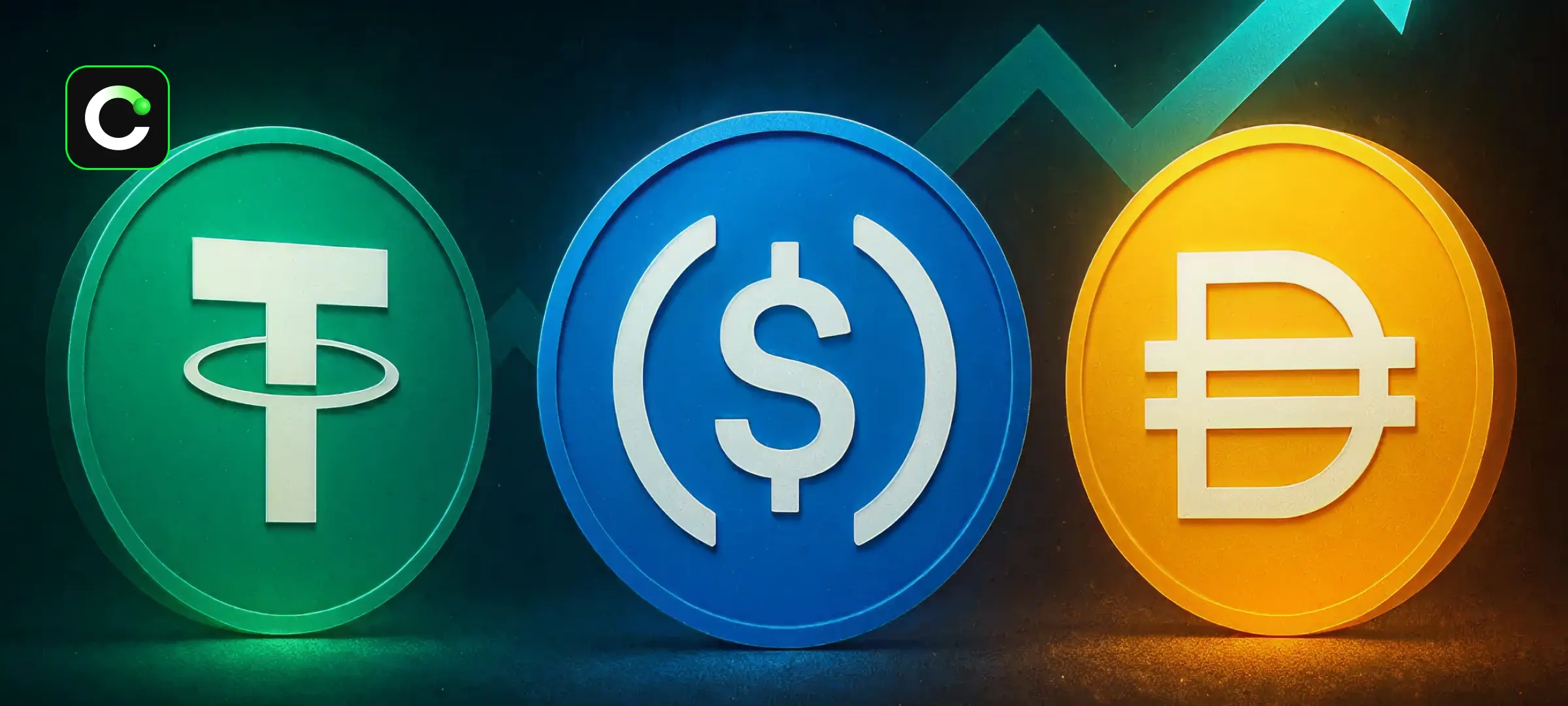The 10 Most Popular Stablecoins: 2025 

Cryptocurrency Exchange

In the cryptocurrency ecosystem, volatile price movements pose risks for investors, while
stablecoins stand out as a solution to reduce this risk. Thanks to their fixed-value structure, they play an important role in transfers, trading transactions, and decentralized finance (DeFi) applications. As of 2025, many stablecoins operating on different models and
blockchain networks have become popular choices among users.
What is a Stablecoin?
Stablecoin is a digital asset whose price is usually pegged to reserve assets such as the U.S. Dollar. Their main purpose is to provide a stable unit of value in the crypto world. This allows users to transact within the ecosystem while being protected from price volatility. Stablecoins can be backed by reserve assets, while some models use algorithmic mechanisms to maintain price stability.
Why Are Stablecoins Important?
Stablecoins act as a bridge in the crypto ecosystem. Users can utilize them as secure collateral in
DeFi protocols, for crypto transfers, or before depositing money into exchanges. In addition, they have expanded their use of payment solutions, micro-transfers, and
NFT marketplaces. By providing a stable value when transacting on blockchains, they have become indispensable for both individual users and institutions.
The 10 Most Popular Stablecoins

Tether (USDT)
USDT is the most widely used stablecoin in the crypto world among dollar-pegged crypto assets. With multi-blockchain support, it is widely preferred for transfers.
-
Use Cases: Crypto transfers, DeFi, payment solutions.
-
Key Features: 1:1 USD peg, high liquidity.
-
Ecosystem & Blockchain Support: Ethereum, Tron, BNB Chain, Solana.
-
Advantages: Most widely used stablecoin, multi-chain support.
-
Challenges / Criticism: Ongoing debates about reserve transparency.
USD Coin (USDC)
USDC is one of the most reliable examples of blockchain-based stablecoin models operating across different networks. With its regulatory compliance and transparency, it stands out as a trustworthy alternative.
-
Use Cases: Payment systems, DeFi, NFT transactions.
-
Key Features: Regulated structure, transparent reserve reporting.
-
Ecosystem & Blockchain Support: Ethereum, Polygon, Solana, Avalanche.
-
Advantages: High regulatory compliance, strong reserve backing.
-
Challenges / Criticism: Regulatory pressures in certain countries.
USDe
USDe is an algorithmic stablecoin designed to maintain price stability through decentralized mechanisms. It is Ethereum-based and can be used as collateral or a payment method in decentralized finance protocols.
-
Use Cases: Collateral in DeFi protocols, payment solutions.
-
Key Features: Algorithmic stabilization mechanism.
-
Ecosystem & Blockchain Support: Ethereum-based, integrated with DeFi.
-
Advantages: Stands out with its decentralized structure.
-
Challenges / Criticism: Trust issues due to past failures of algorithmic stablecoins.
USDTb
USDTb is a blockchain-based stablecoin running on the Tron network, offering fast transfers. It provides practical payment solutions for users.
-
Use Cases: Transfers, DeFi, payment solutions.
-
Key Features: Fast Tron-based transactions.
-
Ecosystem & Blockchain Support: Tron network.
-
Advantages: Low transaction cost, fast transfers.
-
Challenges / Criticism: May be affected by centralization concerns surrounding Tron.
PayPal USD (PYUSD)
PYUSD is a stablecoin issued by PayPal and operates on Ethereum. It stands out for bridging traditional finance and crypto.
-
Use Cases: Online payments, transfers, DeFi integrations.
-
Key Features: Integration with the PayPal ecosystem.
-
Ecosystem & Blockchain Support: Ethereum-based.
-
Advantages: Wide access through PayPal’s user base.
-
Challenges / Criticism: Centralization and regulatory pressure.
USDS
USDS is a dollar-pegged stablecoin operating on Ethereum and BNB Chain, designed particularly for institutional use.
-
Use Cases: Institutional transactions, DeFi protocols.
-
Key Features: 1:1 USD-backed reserves.
-
Ecosystem & Blockchain Support: Ethereum and BNB Chain.
-
Advantages: Transparent reserve backing.
-
Challenges / Criticism: Not as widely used as USDT and USDC.
TrueUSD (TUSD)
TrueUSD is a transparency-focused stablecoin pegged to the U.S. Dollar, known for its regular audit reports.
-
Use Cases: Transfers, DeFi, collateral operations.
-
Key Features: Independent, regular audits.
-
Ecosystem & Blockchain Support: Ethereum, BNB Chain, Tron.
-
Advantages: Strong focus on transparency.
-
Challenges / Criticism: Regulatory pressure, limited popularity.
PAX Gold (PAXG)
PAXG is a stablecoin backed 1:1 by physical gold and operates on Ethereum. PAX Gold allows digital ownership of gold, standing out as a gold-backed stablecoin.
-
Use Cases: Store of value, investment vehicle, DeFi collateral.
-
Key Features: Backed by physical gold reserves.
-
Ecosystem & Blockchain Support: Ethereum-based.
-
Advantages: Security backed by gold.
-
Challenges / Criticism: Physical gold reserves may slow transfer processes.
Tether Gold (XAUT)
XAUT is a digital asset pegged to grams of gold, operating on Ethereum and Tron. It allows users to store value digitally through gold.
-
Use Cases: Store of value, portfolio diversification.
-
Key Features: 1:1 gold backing.
-
Ecosystem & Blockchain Support: Ethereum and Tron.
-
Advantages: Digital access to gold investment.
-
Challenges / Criticism: Questions over reserve transparency.
Ripple USD
Ripple USD is a stablecoin solution developed on the Ripple network and pegged to the U.S. Dollar. With its high transaction capacity, it stands out in cross-border payments.
-
Use Cases: Interbank transfers, payment solutions.
-
Key Features: XRP Ledger compatibility, high transaction capacity.
-
Ecosystem & Blockchain Support: Ripple network (XRP Ledger).
-
Advantages: Strong integration with RippleNet.
-
Challenges / Criticism: Ongoing regulatory lawsuits involving Ripple.
Conclusion

Stablecoins are among the most important digital assets representing stability in the crypto world. Dollar-pegged
cryptocurrencies, gold-backed solutions, and blockchain-based stablecoin models provide secure alternatives for both individuals and institutions. As of 2025, USDT, USDC, TUSD, and next-generation projects continue to expand their usage across different blockchains.
Legal Notice
The information, comments, and evaluations contained in this content do not constitute investment advice. This content is not intended to be prescriptive in any way and is intended to provide general information. It does not constitute investment advice. CoinTR cannot be held responsible for any transactions made based on this information or any losses that may arise.
Recommended
- Cryptocurrency ExchangeWhat is a Stablecoin? 2025 Stablecoin List The cryptocurrency market is known for its high volatility, posing significant risks for investors. Stablecoins provide a secure alternative by maintaining a stable value. Typically pegged to fiat currencies, precious metals, or other assets, stablecoins serve as a safe haven for investors and traders. But what is a stablecoin, how does it work, and what types exist? Let’s dive into the details. What is a Stablecoin? A stablecoin is a type of cryptocurrency designed to maintain a stable value,
2024-11-24
- Cryptocurrency ExchangeWhat are Bear and Bull Markets? In financial markets, the terms bear market and bull market are often used to describe overall trends. A bear market represents periods of declining prices, while a bull market refers to rising trends. These terms are particularly important in the cryptocurrency market. But what exactly is a bear market, what is a bull market, and how long do these periods last? Here’s a detailed guide. What is a Bear Market? A bear market is a period when asset prices experience a prolonged decline, typically
2024-11-24
- Cryptocurrency ExchangeWhat is Blockchain Technology? Blockchain is a digital ledger technology where data is stored on a distributed network without the need for central authority. As the backbone of cryptocurrencies such as Bitcoin, blockchain is now being used not only in the financial world but also across many different industries. Blocks record transactions, and each block is linked to the previous one, forming a chain. This structure makes data immutable, tamper-proof, and transparent. Key Features: Decentralization: Not controlled by a s
2024-11-28


